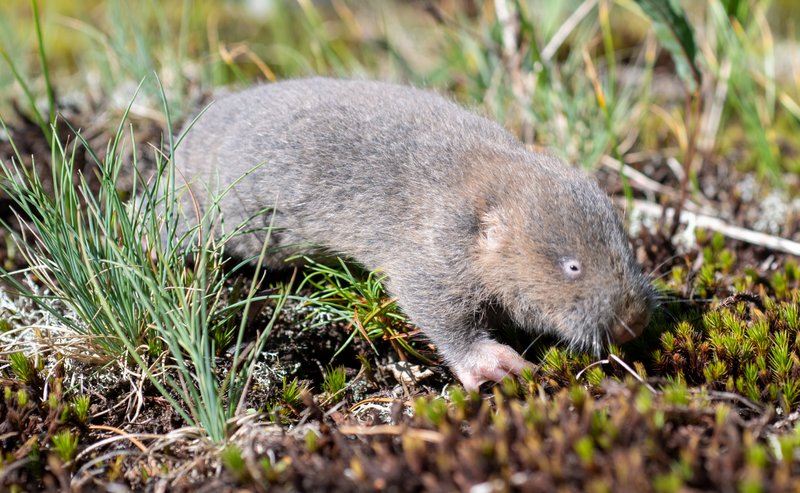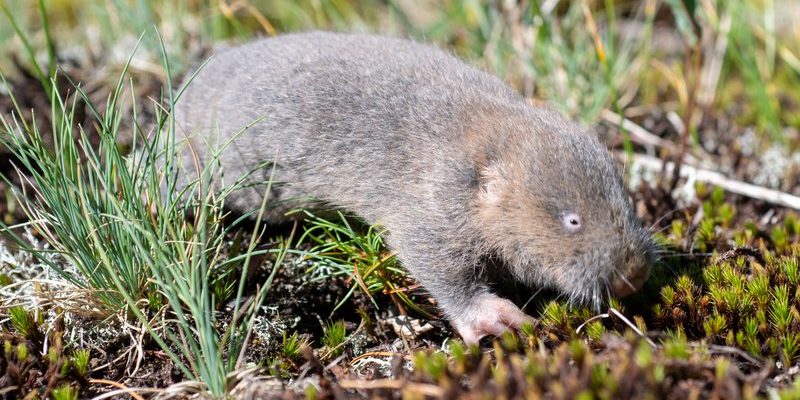
Imagine sipping coffee and discussing the quirks of this creature, which may not be as famous as, say, the lion or the eagle, yet holds a special place in the hearts and stories of the people who share its habitat. From its role in agriculture to its symbolic meanings, the zokor showcases how nature and humanity intertwine in surprising ways. Let’s dive into the cultural significance and folklore surrounding the zokor, and discover how much depth this unassuming animal really has.
The Zokor’s Role in Agriculture
You might be surprised to learn that the zokor is often seen as a double-edged sword in agricultural communities. On one hand, these small creatures are known for their burrowing habits, which can help aerate the soil and promote healthy plant growth. Farmers might appreciate how their tunneling creates channels for water and nutrients.
On the other hand, the zokor can also wreak havoc on crops. These critters love to munch on roots and tubers, leading to big losses for local farmers. This complicated relationship paints the zokor as a sort of trickster figure, appreciated for its contributions yet resented for its mischief. In stories and folktales, you may find the zokor depicted as a clever rascal that plays tricks on farmers, suggesting that you can’t always trust appearances.
Folklore Tales Featuring the Zokor
In many cultures, animals serve as metaphors or lessons, and the zokor is no exception. In certain Central Asian folktales, the zokor is often portrayed as a wise, albeit sneaky character. Picture this: a farmer, tired after a long day, finds his crops suffering due to a mischievous zokor. Instead of simply chasing it away, he listens to the zokor’s playful chatter, leading to a clever solution for his farming woes.
In these stories, the zokor often embodies the idea of creativity and resourcefulness. Just like in life, challenges can have unexpected solutions if we’re willing to look closely and listen. So, the next time you think about this little creature, remember that it’s not just about burrows and crops; it’s about the lessons we learn from our interactions with nature.
The Symbolism of the Zokor
The zokor also represents resilience and adaptability in cultural narratives. Living in harsh climates, this furry little mammal has developed unique survival skills. In local folklore, it symbolizes the importance of perseverance and finding one’s place in the world, no matter how challenging the circumstances.
In some stories, the zokor is seen as a guardian of the earth, a being that connects the people to the soil and all the life it sustains. For many, the zokor serves as a reminder that while some challenges may seem daunting, there’s always a way to burrow through and emerge stronger on the other side. It’s a compelling metaphor for life’s ups and downs.
Art and Representation in Culture
You might notice that the zokor occasionally pops up in local art, from pottery to textiles. Artists depict this creature in various ways, often highlighting its unique features and playful nature. Imagine vibrant murals celebrating the zokor’s burrowing habits, or intricate textile patterns inspired by its natural surroundings.
These artistic expressions not only honor the zokor but also paint a vivid picture of the connection between the land and its inhabitants. The zokor becomes a symbol of home, of deep roots and vibrant life. Art allows people to celebrate their relationship with the zokor, creating a bridge between past and present cultural identities.
Modern Interpretations and Conservation
As cultures evolve, so does the perception of animals like the zokor. Today, there’s a growing awareness of the environmental challenges these creatures face due to habitat loss and climate change. Modern stories and educational programs aim to raise awareness about the importance of conserving the zokor and its habitat.
Many wildlife advocates use the zokor as a symbol of ecological balance. By understanding the role this creature plays in its ecosystem, we can better appreciate how we impact nature and how every little action counts. So, the zokor is not just a story from the past; it’s a call to action for the future.
Cultural Festivals Celebrating the Zokor
In some regions, local festivals celebrate agricultural traditions where the zokor’s presence is pivotal. These events often feature storytelling sessions, where elders share tales of the zokor’s antics and wisdom, reminding the younger generations of the significance of this small mammal.
At these festivals, you might find traditional foods, crafts, and performances that embody the relationship between the zokor and the people. It’s a vibrant display of community spirit and cultural pride, showing how the presence of the zokor is not just about folklore, but a living tradition that fosters connection among people.
The Zokor’s Influence on Language
Interestingly, the zokor has made its way into local language and idioms as well. In some cultures, you might hear phrases related to the zokor that describe cleverness, resourcefulness, or even mischief. These language traditions serve as a reminder of how established and integrated the zokor is within everyday life.
Language is a powerful tool in shaping cultural identity, and when people reference the zokor, it reflects not just a connection to the animal but to the land and their shared experiences. It’s like finding a little piece of home in the words we use every day.
In conclusion, the zokor may seem like a simple creature at first glance, but it offers a rich selection of stories, lessons, and cultural significance that enrich the lives of those who share its habitat. From folklore to modern conservation efforts, the zokor serves as a potent symbol of resilience and connection to the earth. So the next time you hear about this little mammal, take a moment to appreciate all that it represents and the narratives it continues to inspire.

